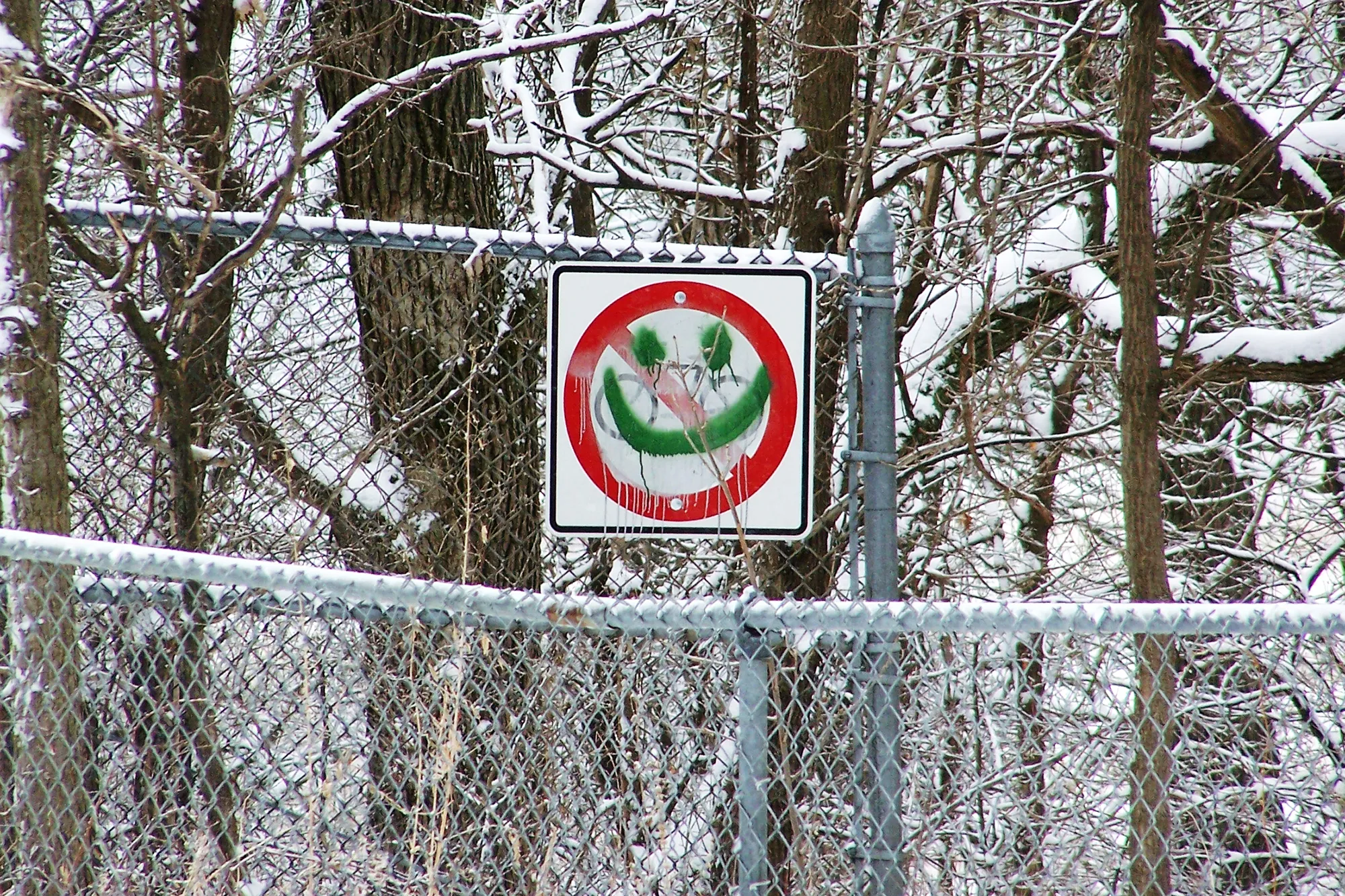
Almost two decades ago, two retired detectives from the New York Police Departmentembarked on a quest to unravel the mysterious drownings of young men scattered across various states along the I-94 corridor, spanning from Michigan to Montana. The victims, predominantly white, athletic college students, shared a common tragic fate.
The investigation ignited when detectives Kevin Gannon and Anthony Duarte delved into the case of Patrick McNeill, a college student who tragically drowned in New York City in 1997.
Despite authorities ruling McNeill's death as an alcohol-induced accident, Gannon's meticulous examination of the autopsy, crime scene, and evidence photos led him to dispute the official conclusion. Driven by a commitment to justice and spurred on by McNeill's skeptical parents, Gannon vowed to uncover the truth behind their son's demise.
Joined by retired NYPD detective Mike Donovan and St. Cloud University sociology professor Dr. Lee Gilbertson,the team embarked on a relentless pursuit of answers. Their collaborative efforts delved into closed cases, gradually piecing together a compelling theory that would come to be known as the "Smiley Face Killers."
Understanding the Theory of the Smiley Face Killers
Gannon, Duarte, Donovan, and Gilbertson put forward a theory suggesting that an organized group of serial killers operated by drugging unsuspecting victims at social gatherings before abducting, torturing, and ultimately killing them, with the bodies then disposed of in bodies of water.
This theory gained its association with the "smiley face" when the team uncovered graffiti resembling a smiley face near numerous sites where they believed the killers dumped their victims' bodies across several states, including Ohio, Pennsylvania, Indiana, Wisconsin, and Iowa. Despite variations in the paint color, size, and style of the faces, the investigators interpreted them as a signature left by the perpetrators, claiming responsibility.
In 2008, the team brought their theory to public attention through multiple national media interviews. While their claims initially faced skepticism, there were developments that seemed to support their assertions. For instance, in 2020, Minneapolis police reclassified the case of Chris Jenkins, previously deemed an accidental drowning, as a homicide following statements from a convicted felon suggesting foul play. However, no arrests have been made in connection with this revelation.
Yet, despite such instances, many other cases remain closed with accidental drowning as the official cause of death. The team contends that law enforcement authorities are reluctant to acknowledge any misjudgments in these cases. Journalist Jessica McBride delved into the Smiley Face Killers (SFK) theory for Milwaukee Magazine in 2008 after it became associated with the Jenkins and Matt Kruziki cases.
The latter, involving a determined accidental drowning, caught her attention due to the skepticism expressed by Matt's father, Bill Kruziki, a retired sheriff's marshal. McBride's investigation revealed a myriad of anomalies surrounding Matt's death, prompting further scrutiny into the possibility of foul play.
While the reclassification of the Jenkins case provided a boost to the credibility of the SFK theory, according to McBride, it also added layers of intrigue to an already complex narrative.
Fuzzy on Details
One recurring concern raised by McNeill is the team's tendency to remain vague about the information they have gathered. Despite investing significant time and effort into these cases and appearing to have genuine concern for the victims and their families, they consistently provide limited details, which can be frustrating.
During her research, McNeill attempted to interview team members but found the experience unproductive. Similarly, Bill Kruziki, despite being an experienced member of the law enforcement community, was never approached by the team regarding his son Matt's death, despite his numerous attempts to reach out to them.
Furthermore, the lead investigator in another case linked to the Smiley Face Killers theory reported never being contacted by the team.
For instance, in late March of 2007, 19-year-old Abel Bolanos, a sophomore at Iowa State University (ISU), disappeared after attending several off-campus parties. His body was discovered days later in a small lake on campus.
While the medical examiner noted superficial abrasions on Bolanos's body, there were no signs of traumatic injury, and his death was ultimately ruled as an accidental drowning, attributed to acute alcohol intoxication.
Lack of Reliable Links Between Cases
Gene Deisinger, the ISU deputy chief of police overseeing the Bolanos case, first encountered the Smiley Face Killers theory during this investigation. He conducted a comprehensive inquiry involving multiple law enforcement agencies, including the ISU Police Department, Ames Police Department, Story County Sheriff’s Department, state police, the Office of the State Medical Examiner, and later, at Deisinger’s request, the FBI.
Despite thorough investigation, no credible links between Bolanos’s death and other cases were found at that time. Deisinger emphasized that if any credible connections were established, the cases would be vigorously pursued.
In May 2008, approximately 14 months after Bolanos’s death, members of the Smiley Face Killers team visited Ames and inspected the lake area with a local reporter. During their visit, they discovered an orange smiley face with horns and the words “Evil Happy Smiley Face Man” spray-painted inside a drainage tunnel near where Bolanos’s body was found. Subsequently, the team asserted that Bolanos’s death was the result of the Smiley Face Killers.
Deisinger expressed concern that the assertions made by the Smiley Face Killers team were based on inaccuracies regarding the case details, such as timing and Bolanos’s route. He found it troubling that despite their experience, the team never attempted to communicate with the lead investigator.
In 2010, the Center for Homicide Research released a report titled “Drowning the Smiley Face Murder Theory,” which refuted the claims made by the SFK proponents. The report highlighted various issues, including inconsistencies in the chronological order of events in cases, the prevalence of graffiti unrelated to smiley faces, variations in the style of smiley faces, lack of criteria for the distance between a smiley face and the victim's body, absence of evidence of trauma in most cases, and documented instances of intoxicated individuals accidentally falling into nearby bodies of water.
Additionally, the La Crosse Police Department in Wisconsin, which handled eight of the SFK-associated investigations, confirmed that no smiley-face symbols were found in connection with any of their cases.
The FBI's Perspective on the Smiley Face Killers Theory
In 2008, the FBI issued a statement reaffirming that they have found no links between the cases associated with the Smiley Face Killers theory. They emphasized, "To date, we have not developed any evidence to support links between these tragic deaths or any evidence substantiating the theory that these deaths are the work of a serial killer or killers. The vast majority of these instances appear to be alcohol-related drownings."
Gene Deisinger remarked on the challenges of proving certain aspects of a case, noting that while there may be suspicions, tangible evidence is lacking. He emphasized the absence of substantial evidence in the Bolanos case, highlighting that while such occurrences might be plausible in isolated incidents, the notion of a widespread phenomenon across the Upper Midwest without concrete proof is perplexing.
See Also:
